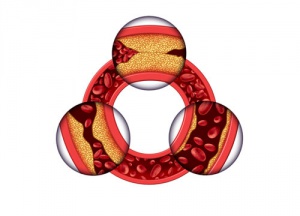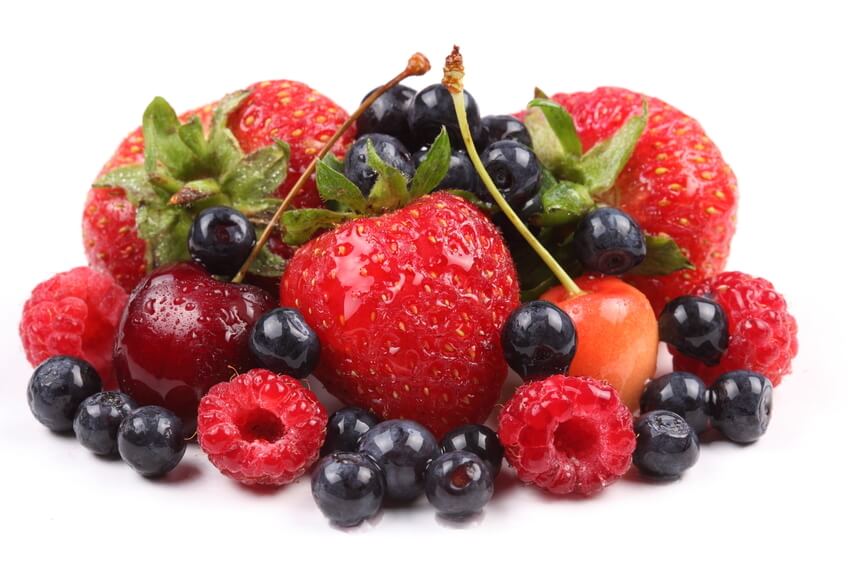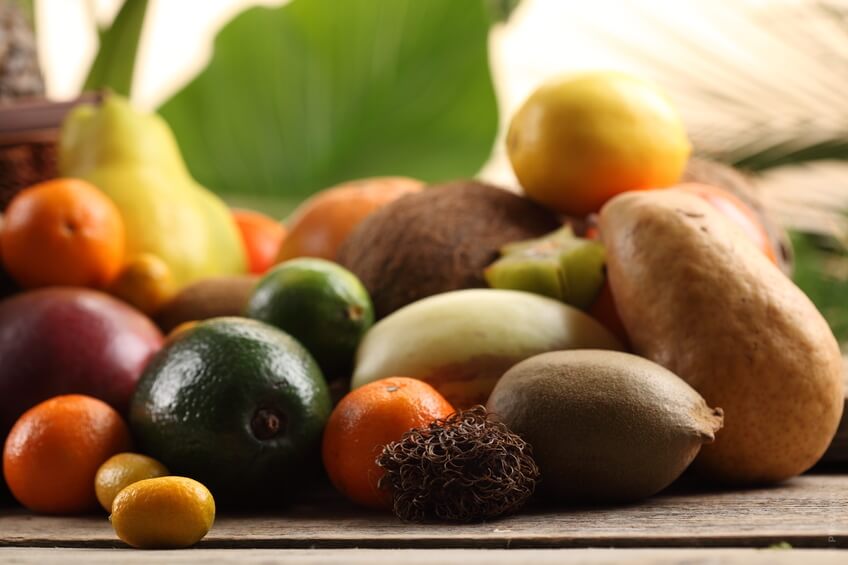What to Do About High Cholesterol in Women


Written and verified by psychologist Valeria Sabater
Cholesterol shows up in different ways in men and women. A woman’s cholesterol levels may increase during both pregnancy and menopause. We need to get to know the correct levels in order to deal with high cholesterol in women.
We already know that cholesterol is a type of fat found naturally in the body, and that it helps perform several vital and indispensable functions for health. In women, this is more intimately connected to the production of their hormones, as well as vitamin D and bile acids. In order for it to be transported to the blood, it needs lipoproteins: LDL and HDL. Health risks appear when one of these become imbalanced.
Causes of high cholesterol in women
High cholesterol before menopause
There are several risk factors that could lead to suffering from high cholesterol before menopause. It generally appears before 50 years of age, and forces women to take specific medication, or to enact a change in dietary habits. But let’s take a look at the causes:
- Pregnancy: During pregnancy, women suffer from an increase of estrogen and hormones due to the development of the placenta. Cholesterol is an essential fat for forming estrogen and placental hormones. All of this leads to high cholesterol. In addition to that, women also suffer from changes in their anabolic processes, which simultaneously cause high cholesterol. Remember to go to your check-ups and let your doctor provide you with the most appropriate treatment.
- Using contraceptive pills: a lot of these pills contain estrogen and progestin. As we’ve already mentioned, these substances affect triglycerides and cholesterol levels, causing changes in both HDL and LDL levels.
- Hypothyroidism: recent studies have revealed that when suffering from hypothyroidism, the thyroids produce very few thyroid hormones. This slows down the body’s metabolism. As a result, cholesterol increases, because thyroid levels reduce the liver’s ability to process blood. Keep this in mind.
- Kidney failure: when suffering from kidney failure, lipids begin to accumulate in the blood because the kidneys are unable to process them properly. All this leads to heightened cholesterol levels.
- Obesity: this is the most common and well-known reality. Accumulated fats immediately imbalance HDL and LDL levels, thereby increasing cholesterol and the fats that stick to veins and arteries, leading to dangerous hardening.
Read also: Should I Stop Using Contraceptives?
Cholesterol during menopause
- Cholesterol inevitably increases during menopause. Women sometimes become exasperated when they can’t find the cause. They eat a healthy diet, take care of themselves, and yet their levels continue to become imbalanced. What causes this?
- All of this is due to an estrogen imbalance during menopause. Up until that point, many women had good levels. However, after the age of 50, they suffer from changes and this causes cholesterol in the blood flow to increase. Keep this in mind and go see your doctor. Sometimes hormone therapy can help compensate your levels.
See also: Effective Natural Remedies to Treat Menopause
How to fight high cholesterol in women
The power of red and blue fruit
- Watermelon, pomegranate, strawberries, blackberries, blueberries, and plums. All blue and red fruit lower blood sugar, fight bad cholesterol and care for the heart.
- For women, they also prevent suffering from urinary tract inflammation. They provide excellent antioxidants capable of offering great benefits.
- These fruits also contain anthocyanin, which is very effective at reducing cholesterol levels.
- Try to drink a natural juice every morning, or eat them with oats. They are highly recommended for women’s health.
Guidelines for a healthy diet
- Avoid consuming pastries, fats, additives, dairy, red meat, fried or seasoned food
- Increase the amount of fruits and vegetables in your diet, leafy greens, whole grains, oatmeal, linseed, dried fruit and tofu
- Always use olive oil
- Bake your food whenever possible, avoid frying
- Exercise a bit. All you need to do is walk 40 minutes a day. Avoid anything sedentary.
All cited sources were thoroughly reviewed by our team to ensure their quality, reliability, currency, and validity. The bibliography of this article was considered reliable and of academic or scientific accuracy.
- Elshourbagy NA, Meyers HV, Abdel-Meguid SS. Cholesterol: the good, the bad, and the ugly – therapeutic targets for the treatment of dyslipidemia. Med Princ Pract. 2014;23(2):99–111. doi:10.1159/000356856
- Eapen DJ, Kalra GL, Rifai L, Eapen CA, Merchant N, Khan BV. Raising HDL cholesterol in women. Int J Womens Health. 2010;1:181–191. Published 2010 Aug 9. doi:10.2147/ijwh.s5110
- Grau, M., Elosua, R., Cabrera De León, A., Guembe, M. J., Baena-Díez, J. M., Vega Alonso, T., … Marrugat, J. (2011). Factores de riesgo cardiovascular en España en la primera década del siglo XXI: Análisis agrupado con datos individuales de 11 estudios de base poblacional, estudio DARIOS. Revista Espanola de Cardiologia, 64(4), 295–304. https://doi.org/10.1016/j.recesp.2010.11.005
- Messner B, Bernhard D. Smoking and cardiovascular disease: mechanisms of endothelial dysfunction and early atherogenesis. Arterioscler Thromb Vasc Biol. 2014 Mar;34(3):509-15.
This text is provided for informational purposes only and does not replace consultation with a professional. If in doubt, consult your specialist.











